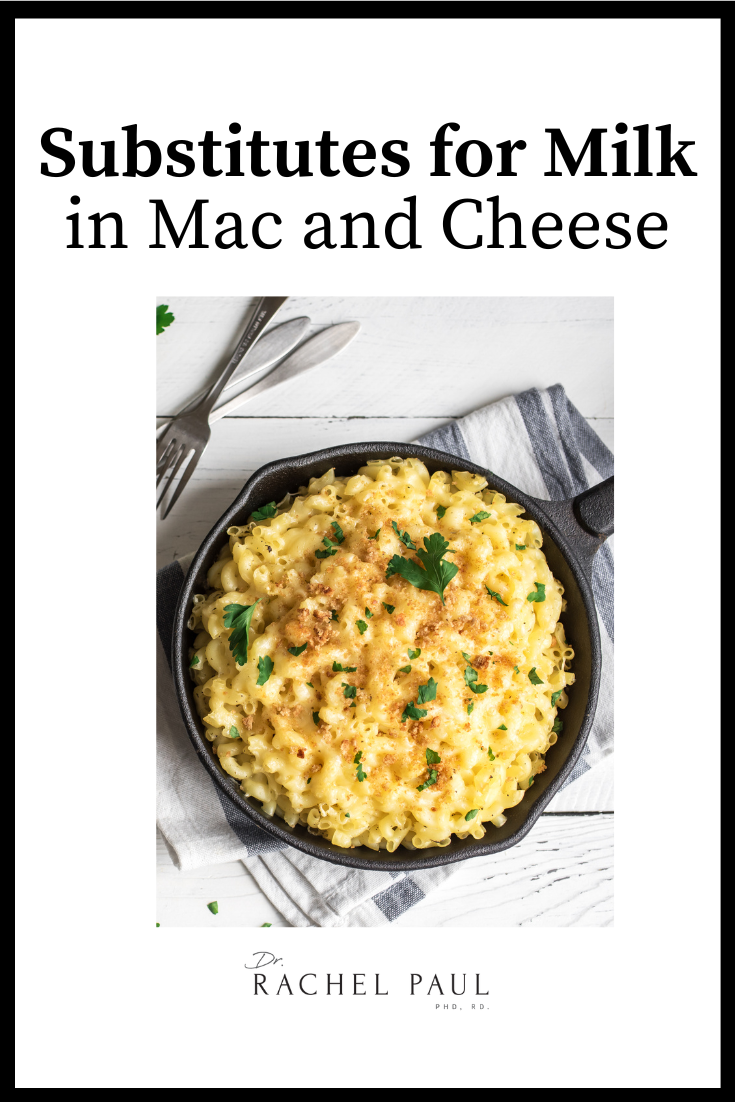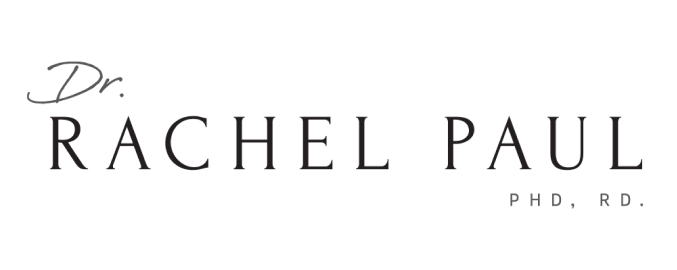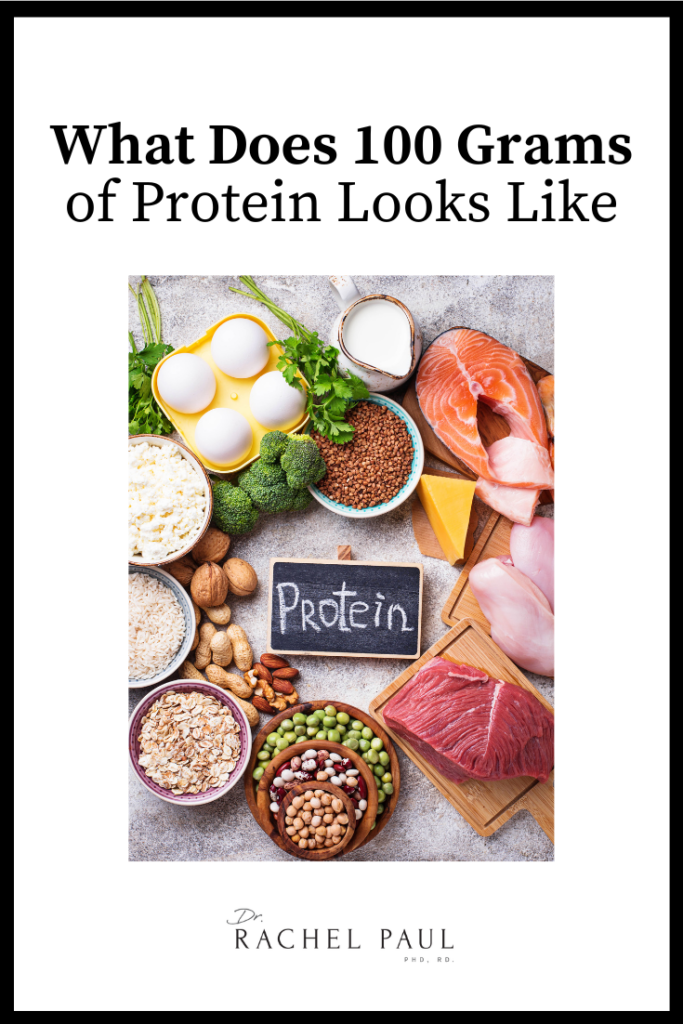
Mac and cheese is the ultimate comfort food, and something probably everyone loves. Cheese, pasta, the creamy consistency – what’s not to love, right? Plus, it comes together with just a very few ingredients, and it’s super easy to make, so everyone is able to enjoy it and make it with ease.
However, as milk is one of the main ingredients in mac and cheese, certain dietary choices and allergies can stop you from being able to enjoy your favorite comfort food. But that shouldn’t be the case! Whether you’re lactose intolerant, vegan, or cow’s milk doesn’t sit well with your stomach, or something else is stopping you from consuming regular milk, everyone deserves to have some mac and cheese every once in a while! It’s even possible to make low-carb mac and cheese, so really everyone can enjoy this delicious meal.
That’s why in this post, I’m sharing a round-up of ingredients you can use instead of milk to make mac and cheese. These substitutes for regular milk will help you make a mac and cheese recipe that agrees with your diet, but gives you the mac and cheese taste you know and love!
10 Substitutes For Milk In Mac And Cheese
I’m going to include a variety of substitutes, which you can use depending on the reason why you need to substitute cow’s milk in mac and cheese. Some substitutes will work if you’re lactose intolerant, some if you’re vegan, some if you simply don’t like cow’s milk, etc.
Choose the substitutes that best suit your needs and dietary preferences.
Almond Milk
Almond milk is a popular plant-based milk that’s a great substitute for regular cow’s milk. It has a nutty flavor, which can add a subtle richness to your mac and cheese.
As it’s used as a common milk substitute, you can simply put the same amount of almond milk as you’d put regular milk.
However, almond milk is generally thinner than regular milk, so your cheese sauce might end up being a bit thinner.
If you’re making the sauce by making a roux first, then adding milk to the roux, and then finally cheese, when you’re adding it to the roux just add slightly less if you don’t want your cheese sauce to be thinner than it’d be if you were using regular milk.
With almond milk, you’ll still get the creamy consistency you love, which is why almond milk is a great substitute. Just make sure you get unsweetened almond milk, as lots of almond milk brands are sweetened, and that’d mess with the mac and cheese flavor.
Soy Milk
Soy milk is another popular dairy-free milk option. It has a creamy texture and a neutral taste, so it won’t alter the taste of your mac and cheese at all. When substituting it for regular milk, use the same amount of soy milk as you normally would.
Soy milk might actually result in a creamier mac and cheese than some other plant-based milks, which is why it’s a great substitute.
Oat Milk
Oat milk is plant-based milk made from oats, and it has a very mild, slightly sweet flavor. However, it can be used as a substitute for cow’s milk in mac and cheese. It has a creamy texture, so it can work perfectly in a creamy cheese sauce. Use it as a 1:1 ratio when substituting it for regular milk.
Coconut milk
Coconut milk has a distinct and rich flavor, but it can still be used as a substitute in mac and cheese. It does have a coconut flavor, but it’s also creamy, nutty, sweet, and a little salty, so it does work in savory dishes as well.
However, it’s thicker than regular milk, so you should use less of it than you’d use of regular milk (maybe about a half) – you might also want to dilute it with water.
I also want to note that coconut milk and coconut cream aren’t the same thing, as coconut cream is much thicker than coconut milk, so keep that in mind when shopping. If you can only get coconut cream, dilute it even more with water, until you get a cow’s milk consistency.
Rice Milk
Rice milk is slightly thinner than cow’s milk, so if you choose to use that as a milk substitute, you might want to add less milk to your roux when making the sauce.
Rice milk overall has a mild and slightly sweet taste, but when combined with all of the seasonings, it can work as a milk substitute.
Cashew Milk
Cashew milk has a creamy texture and a slightly sweet flavor. It blends well with savory dishes, so it can be a great addition to mac and cheese.
The consistency is similar to regular milk, so use cashew milk in the same amount as regular milk in your mac and cheese recipe.
Cashew milk can enhance the creaminess of mac and cheese and provide a subtle nutty undertone.
Hemp Seed Milk
Hemp milk is a lesser-known milk substitute, but it’s just as good as the rest of them. It has a nutty flavor, which works great in savory dishes like mac and cheese, and it can contribute to the creamy consistency you’re going for. Use the same amount as you’d use regular milk.
Chicken Broth
While this might not be the most traditional substitute, you can use chicken broth instead of milk in your mac and cheese!
It adds a salty and savory flavor to it, and it adds moisture. However, it’s thinner and less creamy than milk, so your sauce might not be as creamy as it would be with plant-based milks. Depending on your dietary preferences, if you want to make it creamier, you can blend it with cottage cheese, sour cream, or coconut cream.
Vegetable Broth
Just like chicken broth, vegetable broth can be used instead of milk, and it’s obviously plant-based if that’s what you’re looking for.
Cottage Cheese
Cottage cheese can be blended and used as a milk substitute in mac and cheese. Of course, it might not work for you, depending on the reason you’re looking for a substitute for cow’s milk. But, I wanted to include it as well, as it does work.
Replace the milk with an equal amount of blended cottage cheese.
The great thing about cottage cheese as a milk substitute is that it can contribute to a creamy texture and add a mild tanginess to the dish.
If you don’t like the taste of cottage cheese – don’t worry, when you blend it up and mix it with all of your other ingredients, you won’t be able to taste the cottage cheese at all in your mac and cheese recipe.












